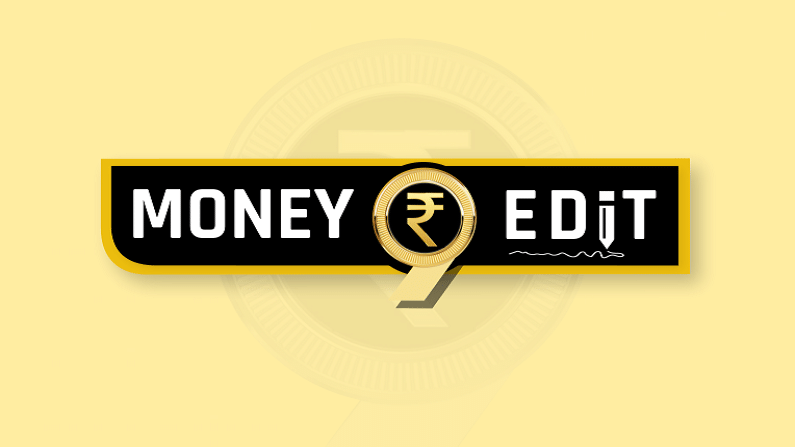Inflation apparition for RBI
While RBI has to maintain the recovery in the economy, inflation itself could dampen demand and impact the growth process.

Dilemma is a perennial occupational hazard for the authorities of every central bank of every country. As the monetary policy committee of Reserve Bank begins its meeting, the dilemma between maintaining liquidity for the sake of stoking growth and inflation concerns is perhaps heightened. While these conflicting pulls have tormented RBI continuously since the onset of the pandemic, it has again ferociously resurfaced after a brief respite in the Q1 of FY22 when retail inflation moderated a bit.
This time the culprit is global rise in crude oil prices that have breached the $81 a barrel mark and is closing in on $82. Without a doubt this would raise the retail prices of petrol and diesel that would pump up prices all around the country.
Since the lockdown in March 2020, the central bank was caught in a bind in every MPC meeting. The bank rightfully gave precedence to growth requirements and banks injected a lot of liquidity in the system, brought down interest rates on loans to resuscitate consumption that was critically hit. Economists think that the MPC would perhaps stick to the accommodative stance this time too, but everyone is lacing their comment with concerns of energy prices being passed on to the retail level that could push the CPI-based inflation beyond 6%, the ceiling of the 2%-6% tolerance band that RBI follows.
Another item that can fuel inflation is the price of edible oils which has been on fire for the past few months. Industry experts say there is little chance of their prices cooling before the next harvest season in Russia and Indonesia/Malaysia.
In August, RBI had projected that retail inflation level can average around 5.7% this financial year. That month retail inflation had softened to 5.3% — a four-month low. The problem at hand is, rising prices of crude oil, edible oil, metals and coal (more than 85% of the country’s electricity generation comes from thermal power) can once again push the inflation beyond the 6% and challenge the decision to maintain excess liquidity in the system to fuel growth.
While deciding the policy rates for the next two months, RBI has to seriously consider whether it can afford to risk another round of inflation that can be linked more to liquidity than to supply constraints that was the case for a large part of the pandemic. Inflation itself can dampen the demand that is so crucial for the sake of growth.